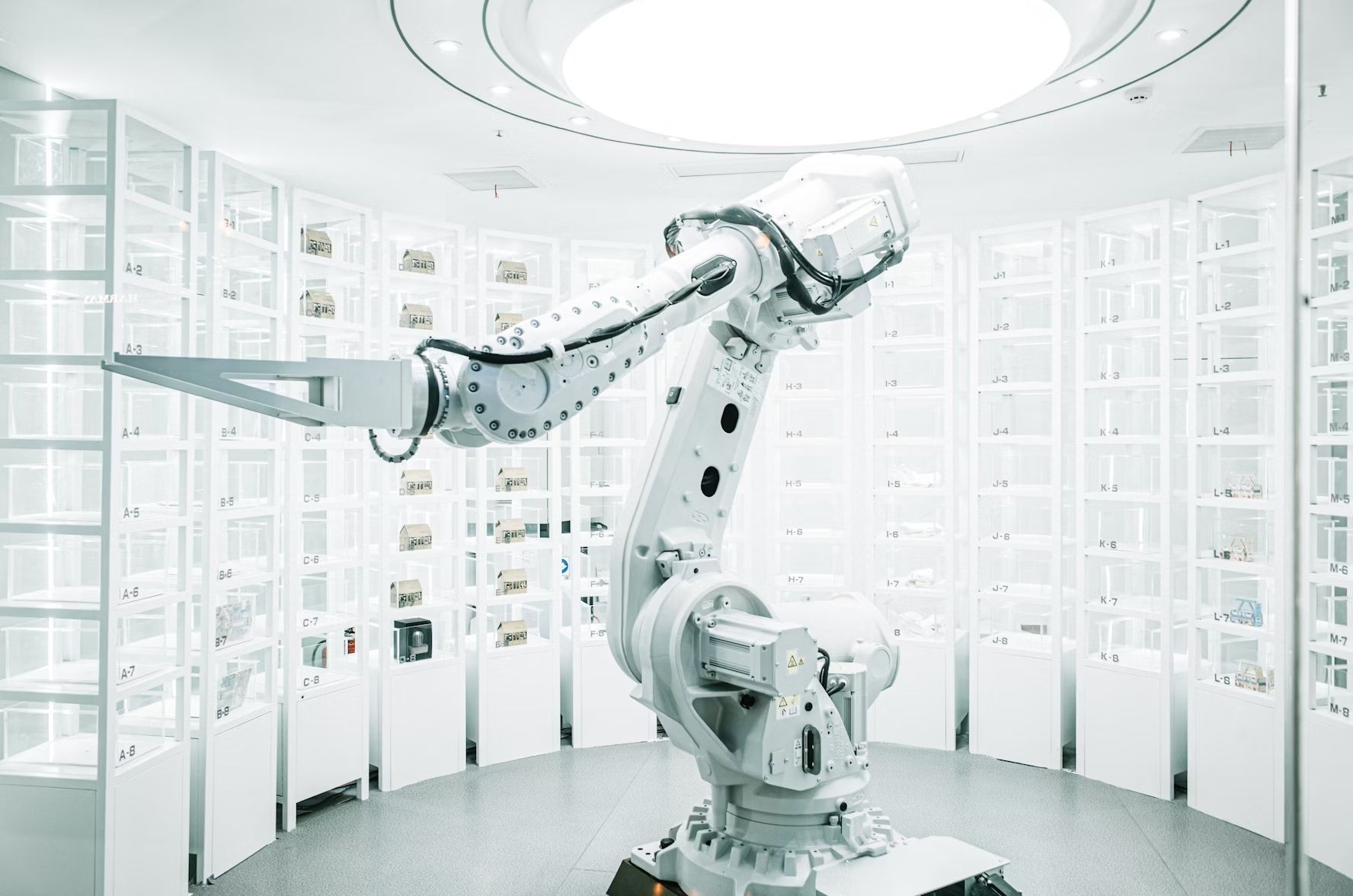U.S. port operations grind to a halt as longshoremen protest the introduction of semi-automated cranes, highlighting growing tensions between workers and advancing automation.
The International Longshoremen's Association leads the strike, warning that automated equipment threatens thousands of jobs. The protest causes supply chain delays and revenue losses across industries.
"We've seen this story before," says an ILA representative. "New technologies promise progress but often come at the expense of workers' livelihoods."
Port employers defend the automated cranes as necessary upgrades that improve safety and efficiency. The dispute echoes past conflicts over containerization that reduced dock worker numbers in the 1950s.
Labor unions now add automation protection clauses in contracts. These new agreements require companies to give advance notice about automation plans and provide severance packages to affected workers.
The automation wave extends beyond ports. Retail stores, factories, and hotels turn to robots amid worker shortages and pressure to boost productivity.
"Automation is not inherently bad," says a labor economist. "The challenge lies in ensuring that displaced workers are supported and retrained for new roles in the evolving economy."
Investment in robotics startups surges as machines master complex tasks once done by humans. Companies cite improved productivity and lower costs as key benefits.
Politicians debate new policies to manage automation's impact. Proposals include worker retraining programs and requiring companies to fund transition support.
The outcome of the port strikes could set precedents for how America balances technological progress with worker protection in an increasingly automated economy.
